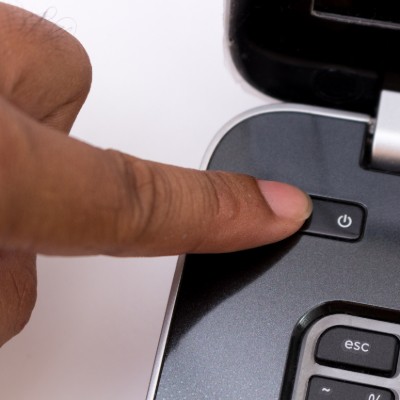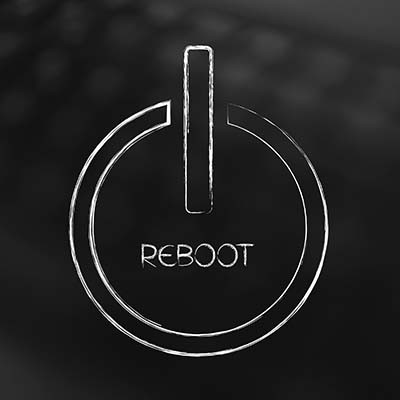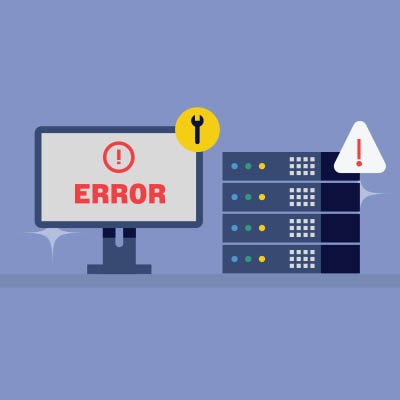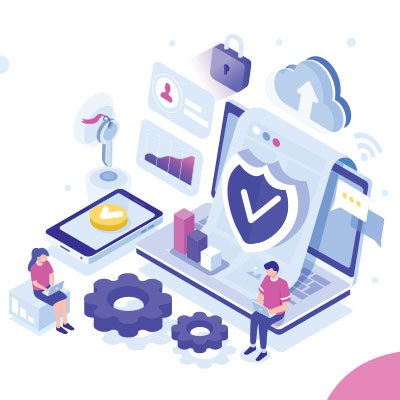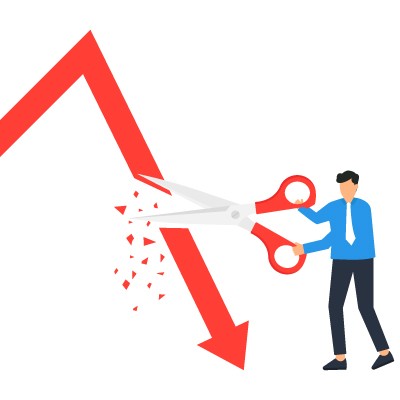While it’s the longest-running joke in the world of IT, the question “Have you tried turning it on and off again?” is still an important one to consider when things are going awry. There’s a good reason why it’s such well-known advice, too: turning your device off can help solve a significant amount of technical issues. Why is this the case, and what can you learn from it?
FRS Pros Blog
We’ve all heard it, perhaps even rolled our eyes at it: “Have you tried turning it off and on again?” This seemingly simplistic question has become a running gag in the world of IT support. But beneath the humor lies a fundamental truth: rebooting a device is often the most effective first step in resolving a surprising number of technical glitches.
We understand that, although it might sound elementary, this advice is based on solid technical principles.
When your business’ data is so crucial to your successful operations, there are certain precautions that you simply need to take for the sake of your business’ longevity. One such precaution: data backup.
Your data is the gas that powers your business’ engine, whether you’re referring to project files and intellectual property or financial info and customer records. As such, imagine what it would mean if your business ran out of gas… or, more accurately, it was siphoned out.
We’re sure your business has at least a couple of employees who spend part of their workday in a different location, but are you doing all you can to help them be as productive as possible? While remote work is beneficial in so many circumstances, there are a lot of caveats to it that must be considered. Today, we want to go over how you can mitigate risk and keep remote work from becoming a liability for your company.
Unfortunately, crises happen, so the only responsible course is preparing your business to deal with them. Let’s walk through what modern crisis management should look like for businesses of all sizes, identifying the steps to address these risks and protect your operations.
Hardware is far from the most fun topic for a business owner to learn more about, but that doesn’t diminish its importance. If you want to ensure your business stays ahead of the game, then you need to be strategic about your hardware implementation. Otherwise, you risk falling behind, put your business in danger, and—even worse—imperil your budget. Today, we want to help you get the most out of your hardware, long before you have to invest in anything new.
Nowadays, the average business leans pretty heavily on mobile devices to some degree, particularly as they make business productivity—and thereby, competitiveness—more easily attainable. However, this also makes it essential that a business using mobile devices has a means of managing them effectively.
Let’s explore the concept of mobile device management, and discuss some ways that your business can take advantage of it.
As you should be aware by this point, the Windows 10 operating system is reaching its end of support on October 15 of this year—meaning that it will no longer receive updates of any kind afterward, including critical security updates. What you may not know, however, is that Microsoft is following suit and pulling Office support around the same time.
Spoiler alert: a business that lacks productivity is unlikely to see any amount of success. One of the best ways to ensure your productivity is to practice patience. How can patience improve your productivity?
Rebooting your device presents several benefits. If you ever experience an issue with your device, rebooting it will likely improve it. Heck, even the National Security Agency (NSA) recommends you do this… but why?
There’s no getting around the fact that data backup and disaster recovery are paramount to the survival of any business. Thankfully, the 3-2-1 rule makes implementing effective data recovery practices easy. Let’s look at this process and how you can do so.
It’s natural for businesses to rely on their tools, like IT, to achieve success, but if you don’t take care of your systems, it could lead to downtime. You can bypass many of these challenges with the right approach to technology maintenance. We want to highlight some of the proactive methods you can use to keep downtime to a minimum.
A business experiencing a network bottleneck is having a bad day, especially since the ability to share data is so important to many industries today. That said, today’s resource-intensive technologies can easily eat through an organization’s bandwidth and create these kinds of network slowdowns.
Let’s talk about what can be done to reduce these bottlenecks, if not eliminate them outright.
It should come as no surprise that nowadays, a business’ information technology and security precautions are frequently tied closely together—and wisely so. Not only can today’s technology greatly augment the security a business can defend itself with, but advanced security is needed to protect the critical IT that modern businesses rely on to function.
This makes it critical that these two aspects of your business work together, so let’s go over some ways to ensure they can do so optimally.
“Quit.” The q-word is (at least, in the business setting) one of the worst four-letter words someone can use… usually. In the context you probably first thought of, yes, but there are plenty of times that quitting can directly benefit your operations.
For instance, let’s say you have a project that is eating all of your resources, with no real returns in sight. What do you do then?
A disaster can strike when you least expect it. It doesn’t matter how small or large your business is; there is always the possibility that your company could have to deal with the technological fallout of a disaster. Here are four ways you can prepare for that inevitable day.
Technology is an essential part of most business operations nowadays, regardless of the size of the business… and how that size may change over time. As such, it is essential that the infrastructure that supports this IT can adapt to these swells and declines.
Let’s discuss why it is so important that your IT infrastructure fits your business and a few best practices for tailoring it.
Productivity is extremely important for your business' ability to generate revenue and maintain consistent performance. Interestingly, many businesses face similar productivity challenges over time. What can small and medium-sized businesses (SMBs) do to improve productivity when it starts to decline? Let's take a look at some strategies to keep productivity high.
It’s no secret that things are more expensive nowadays, making it important that businesses have access to the technology needed to generate revenue. Without this access, a business suffers downtime and all the challenges it brings… not something you want to do.
Let’s consider why downtime happens, the scale of its costs, and what can be done to avoid it.
Transferring data between different computers and devices has become a routine task. Let's explore the steps you need to take before ejecting memory from a computer to ensure your data's integrity and the memory card's longevity.




